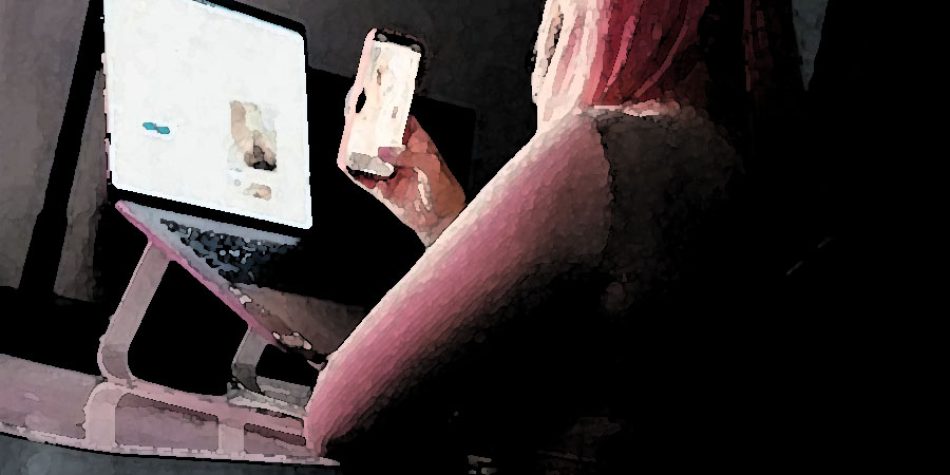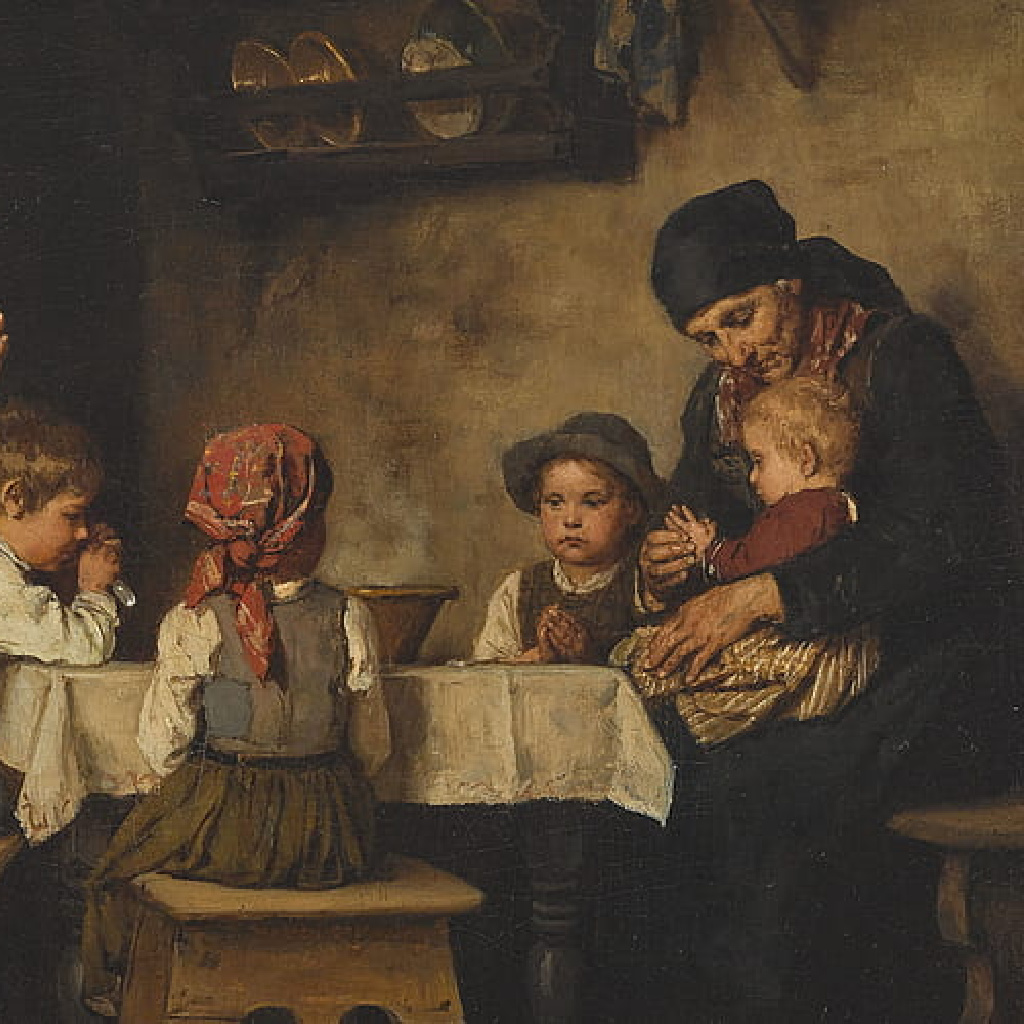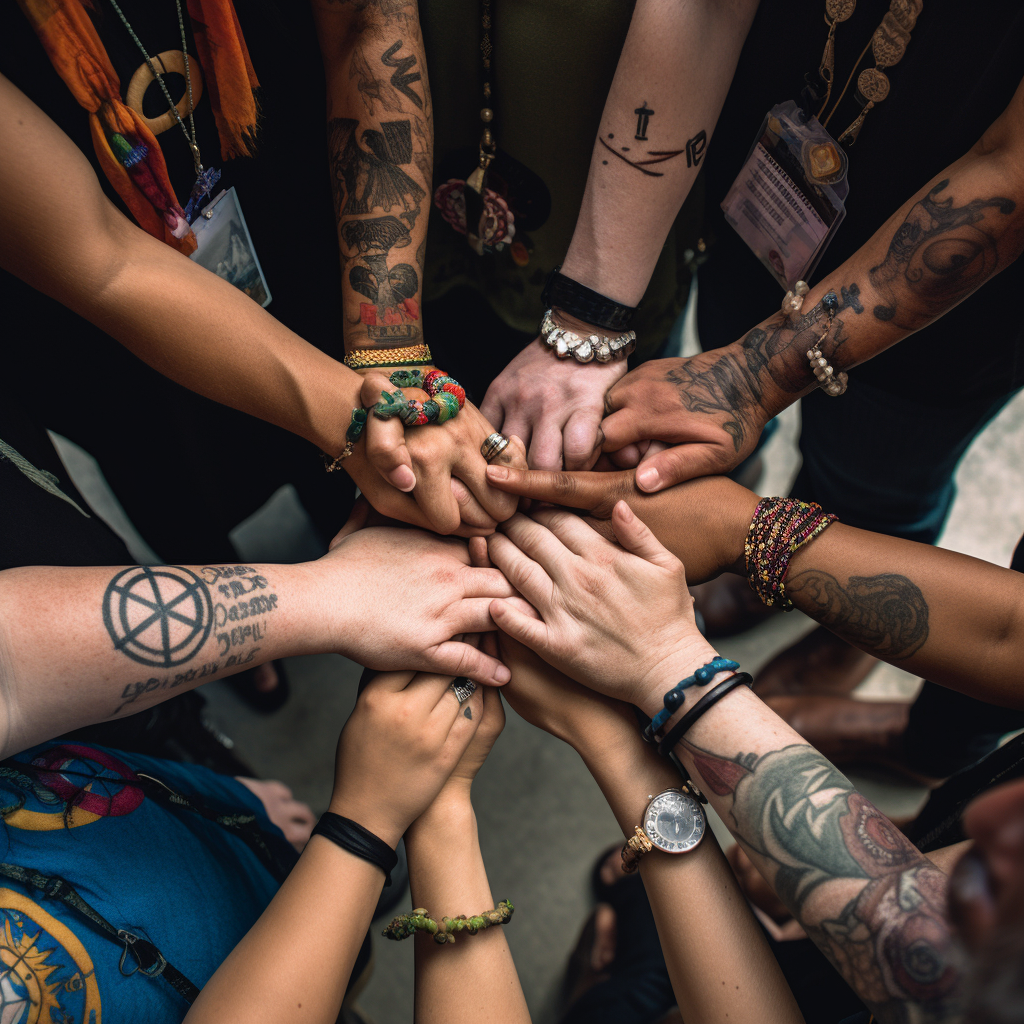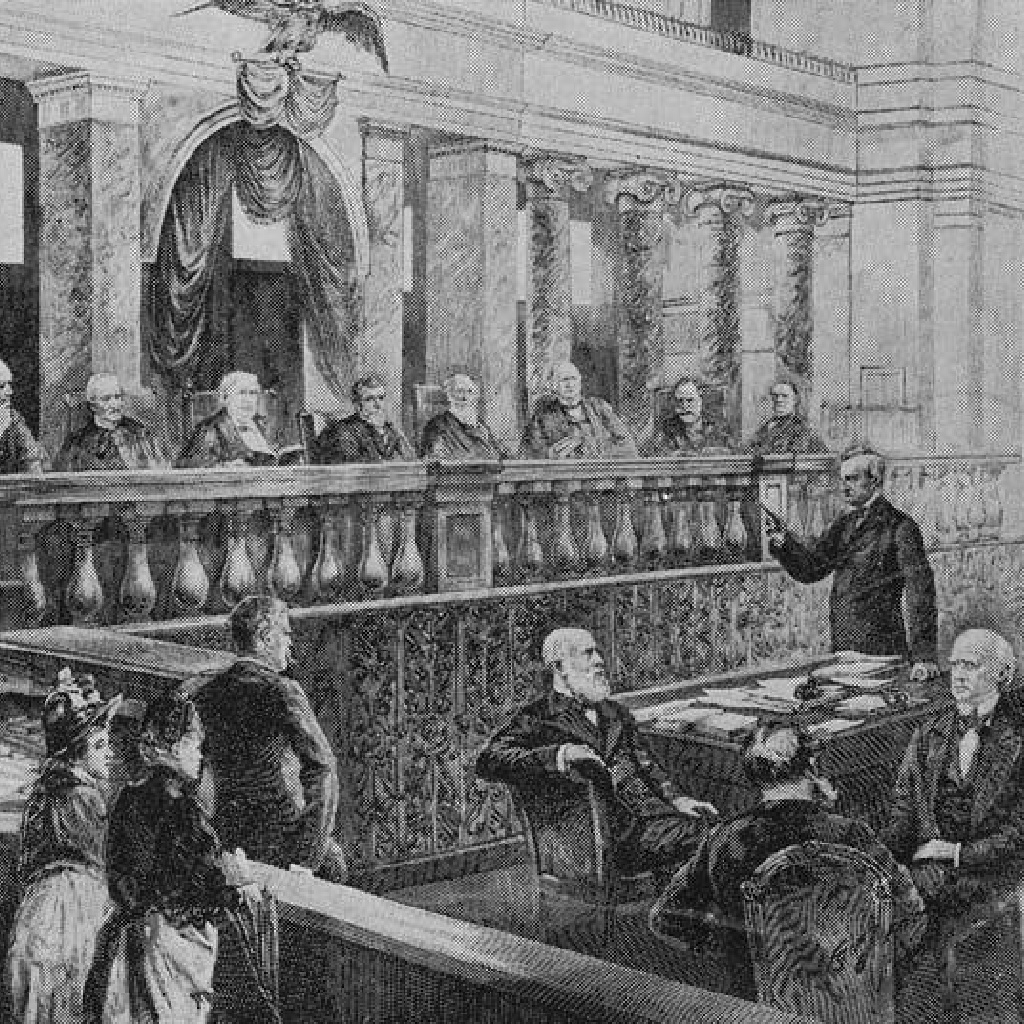In 2016, the state of Utah declared pornography a public health crisis, and in the years following, more than a dozen other states followed suit. Many wrote this reaction off as a political stunt or moral panic; however, pornography use has only continued to grow since then.
Throughout 2020, when many cities were effectively closed and individuals were hunkered down at home to avoid the COVID-19 virus, research showed an “unprecedented increase in internet use and consumption of online pornography.” Despite the growing body of research on pornography, the American Psychological Association insists that its impact is “mixed,” and it is still hard to get a straight answer from a secular source about whether viewing pornography is simply a matter of personal preference.
Enter Money Shot: The PornHub Story, a Netflix documentary exploring the pornography industry and, in particular, PornHub, the world’s most popular and recognizable pornography website, and its parent company Mindgeek. The very-not-safe-for-work film begins with porn performers and fans waxing nostalgic about their first time viewing explicit material—an HBO late-night special at a sleepover, a nude magazine in the home of a relative, a curious visit to PornHub when their parents were away. One woman describes the experience as “something special,” while a man explains that porn was central to discovering his core identity. Then the filmmakers attempted to provide a “balanced look” at the porn industry and PornHub, including the perspectives of individuals working in the industry and anti-pornography advocates. Minds have been addled by increasingly more degrading and violent pornography.
It’s unlikely that anyone will be satisfied with the doc—the pornography performers and writers interviewed have already spoken out that the film gives too much credulity to anti-porn activists, while those who oppose pornography will likely take issue with the fact that they are painted with a broad brush as homophobic, right-wing evangelical extremists. But there is a much more important argument to be made against the film. Pornography causes significant harm in ways the film simply glosses over.
The filmmakers did not include the perspective of any former pornography performers, many of whom have gone on to speak out against the industry and even become anti-pornography advocates. Vanessa Belmond has discussed contracting chlamydia “three, four times or more,” as well as gonorrhea and “a lot” of bacterial infections during her time working in porn (in 2016 California rejected a proposition to require all pornography performers to use condoms, no exceptions). She said that in some scenes, she had to take painkillers because the pain was so bad, and she also experienced vaginal and anal tearing. Even Pamela Anderson, perhaps the most recognizable sex-symbol of the past 30 years, has written about the harms of pornography, saying, “I do believe that internet porn is addictive, getting weirder and weirder, and darker, and I think it does lead to violence against women.”
The performers interviewed in this film are clearly wealthy and successful, and likely do have a great deal of control over the content they create. In fact, that seems to be the point—to depict pornography as just another form of online content like toy unboxing videos or family vlogs, and its performers as happy, willing participants. In reality, this is not the case for many adult performers and other sex workers. Many pornography performers are victims of human trafficking—according to cases reported to the National Human Trafficking Hotline, pornography was the 2nd most common form of sex trafficking, behind only escort services. Last year, Matthew Isaac Wolfe, who operated the company GirlsDoPorn, pled guilty to conspiracy to commit sex trafficking for a scheme that recruited women to perform in pornography under false pretenses. The women were told they would be “modeling,” then once told they would actually be performing in pornography, they were told that the videos would only be distributed through DVDs overseas (they were distributed online). The women were forced to sign contracts they weren’t allowed to read while they were intoxicated. Wolfe will serve a maximum of 12 years in prison. Girls Do Porn founder Michael James Pratt, who has been on the run for the last four years, was finally apprehended in December and is yet to face trial.
The filmmakers did not interview any individuals (primarily women) who have been victims of “revenge porn”—a practice where intimate partners or former intimate partners of the victim upload sexual videos or images of the victim to the internet. Many working in the adult industry pushed for years for protections that would minimize this sort of content online, such as a verification process for those who upload content to major porn sites. PornHub finally instituted a verification process in 2021, but unfortunately, revenge porn still pops up on other sites, including social media sites. Young girls and women in the dating world have to deal with a culture of “just the impossibility of escaping from harassment, revenge pornography, deepfake porn—just a whole bombardment,” feminist writer Laurel Bates says. “I was talking to a 14-year-old girl at a book event the other day. She said 10 boys had messaged her, pressuring her to send them nude pictures in a single night. That landscape of what teenage girls are navigating is completely new.”
The filmmakers also left out any victims whose rapes or sexual assaults were uploaded to the internet. Instead, the film interviews New York Times journalist Nicholas Kristof, whose 2020 exposé on the porn industry led to the aforementioned verification process. While PornHub has made efforts to minimize such content, they still bear responsibility for the proliferation of pornography which has contributed to such a culture.
The filmmakers did not speak to any victims whose intimate partners’ minds have been addled by increasingly more degrading and violent pornography and who demand more cruel and violent sex acts. One of the porn industry workers interviewed in the film, in fact, describes the first pornography she watched as a gang bang—that is, a film depicting “the successive rape of one person by a group of people.” Popular pornography often features vile racist and sexist language and stereotypes—such as Asian women being described as “Dragon Ladies” or “Lotus Blossoms,” the N-word being used to describe black men partnered with white women in porn films, and black women being portrayed as hypersexual and animalistic. Horrifying categories such as “teen porn,” “refugee porn,” “rape porn,” and “war porn” cannot possibly go without having some impact on the humanity of the viewer. And in fact, it is becoming apparent that the sexual culture is becoming more extreme among teens and young adults, with nearly 40% of 18-29 year olds reporting having choked or been choked during sex. Obsessive porn use is common and extremely unhealthy.
Under the guise of a “balanced” documentary, Netflix’s newest series, unfortunately, normalizes pornography by presenting it as just another issue that has two sides while dramatically underreporting the breadth of the harm it perpetuates.
Those on the pro-pornography side of the debate repeatedly frame the issue as one of censorship—should pornography be legal? And while compelling arguments have been made in favor of an outright porn ban, there are other questions we can ask ourselves: is pornography ethical? Is it healthy? Is pornography consumption a behavior that we should “normalize”? Or is it acceptable to stigmatize behavior that is contributing to a very sick and sad sexual culture?

















